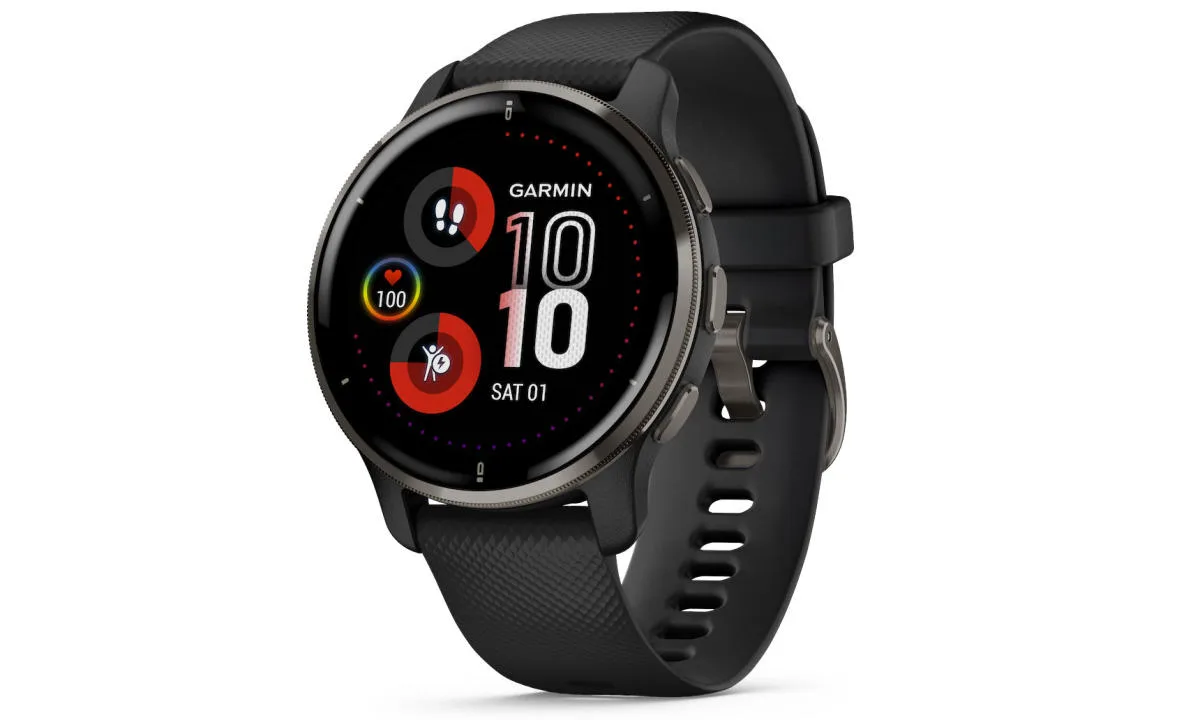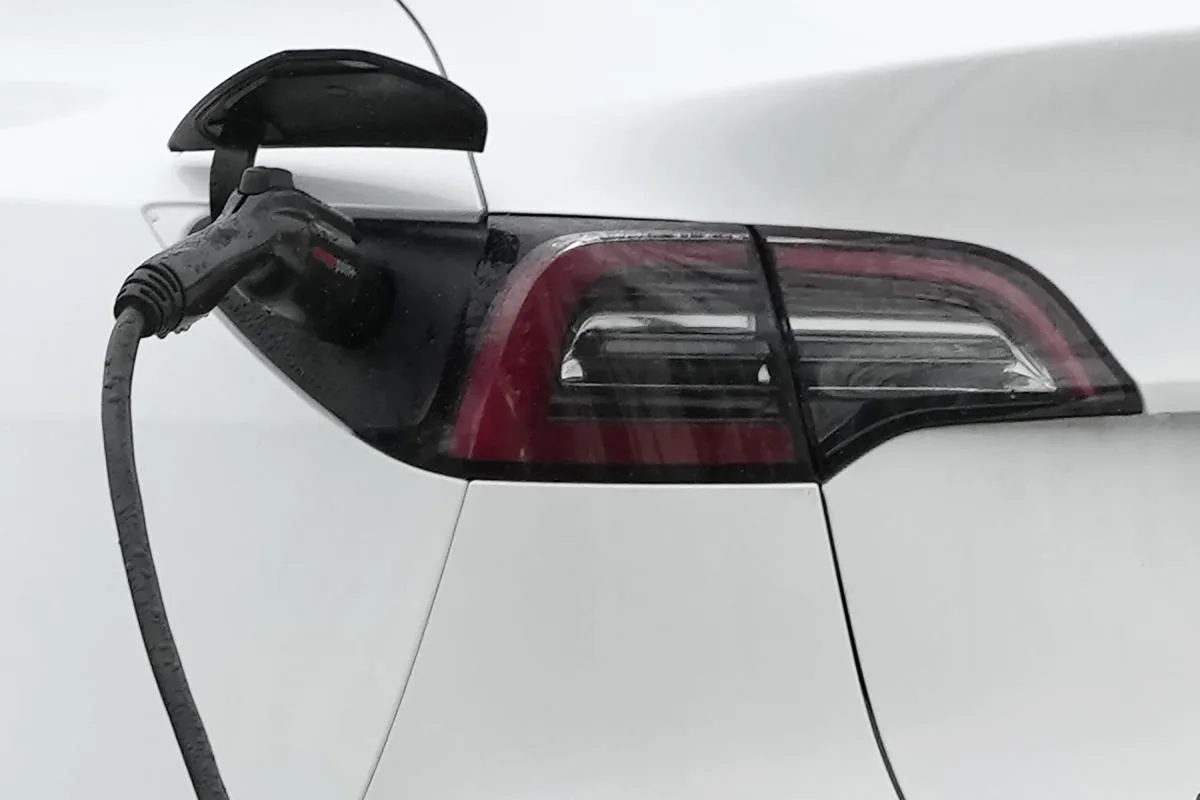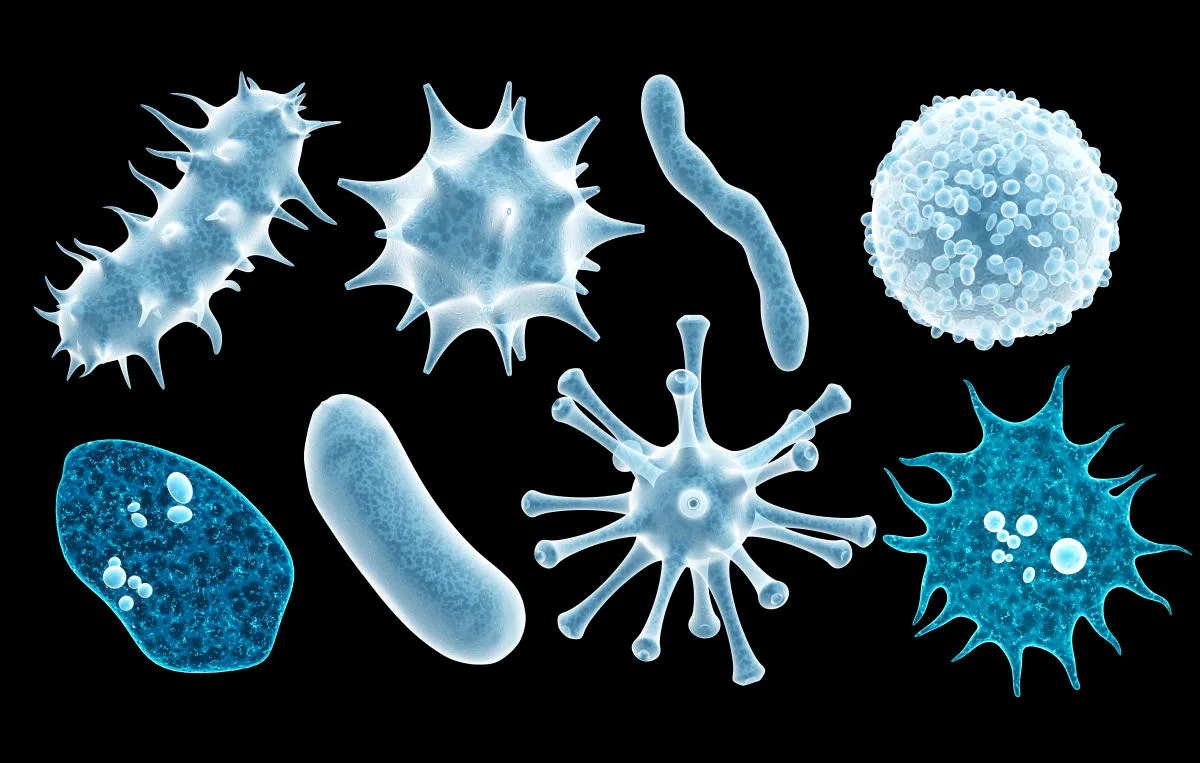Dr. Garmin will see you now
There's a reason smartwatches haven't replaced clinically validated equipment when visiting the hospital: accuracy and reliability are paramount when data informs medical procedures. Despite this, researchers are looking for ways in which these devices can be used meaningfully in clinical settings. in the United Kingdom explored whether a and a dedicated companion app could be … Read more





